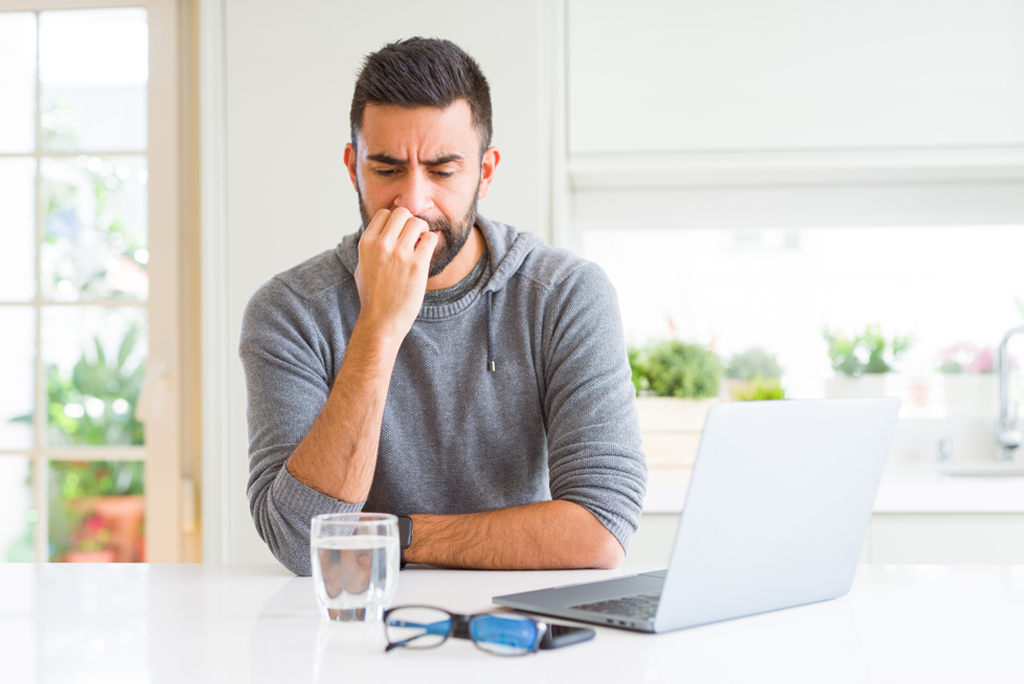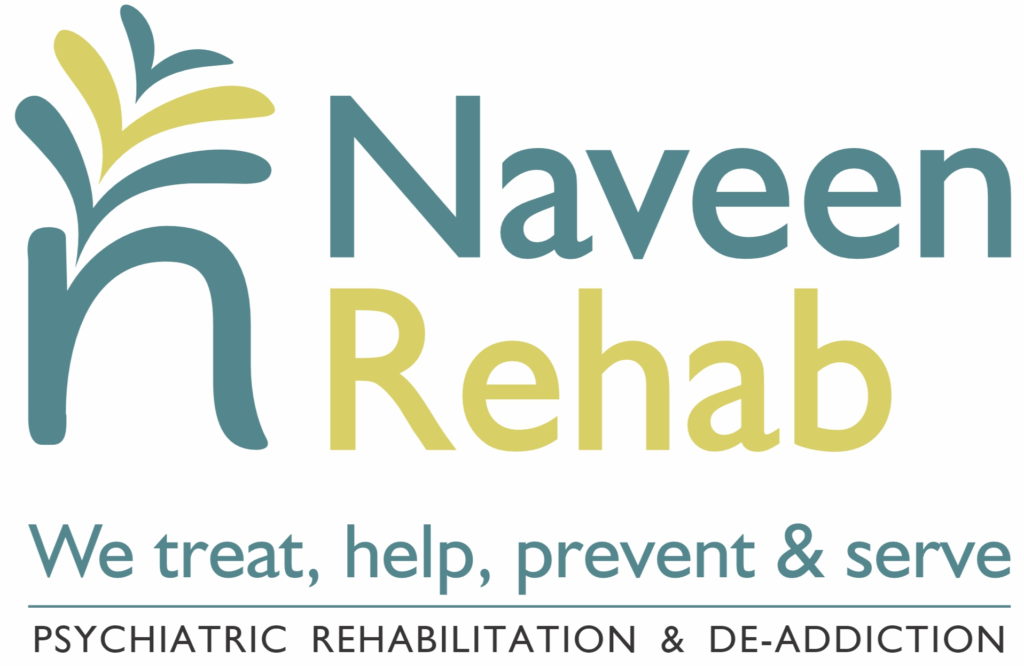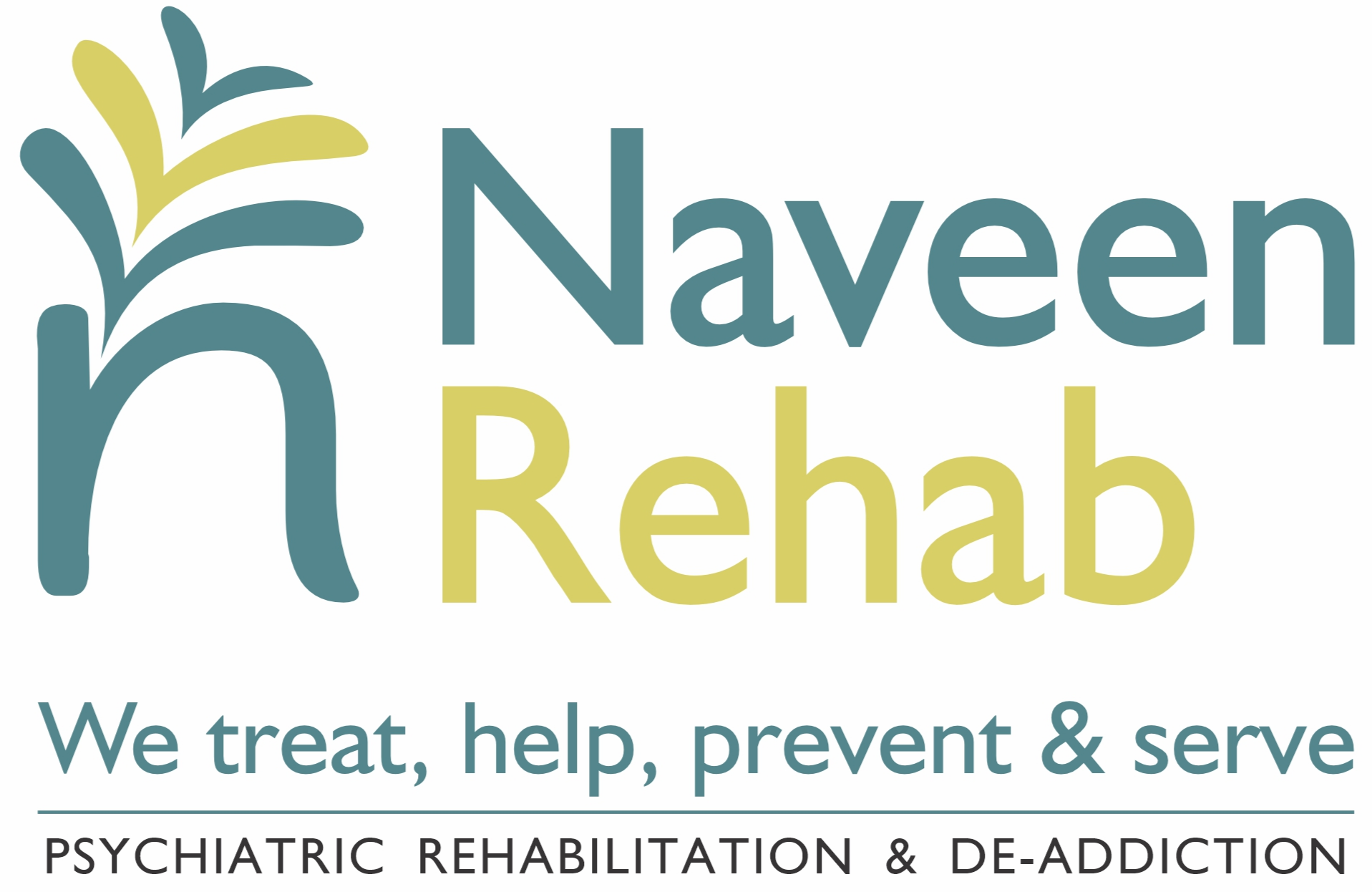Phobias
Don’t let fear rule your life. Get help from Naveen Rehab today.

Phobia Treatment @ Naveen
Overcoming phobias can be difficult, but there’s hope. With the right treatment, you can learn to manage your fears and lead a productive, fulfilling life. Here we’re in helping you to overcome those fears with highly skilled and experienced mental health professionals who create a treatment plan for the individual’s unique needs. We provide different types of therapies, where you ventilate your fear. In some cases, you may also need medication like antidepressants and anti-anxiety medications which can help calm your emotional and physical reactions to fear. Often, a combination of medication and professional therapy is the most helpful.
- What?
- Why?
- How?
An irrational fear of a specific object, situation, or activity that can cause significant distress and impairment. Phobias are a type of anxiety disorder, and they are relatively common. It is estimated that about 19% of people will experience a phobia at some point in their lives. There are many different types of phobias, and they can range in severity from mild to severe.
Genetics: Some studies have shown that people with phobias are more likely to have a family history of the condition. This suggests that there may be a genetic component to phobias.
Environment: People who experience childhood trauma, such as abuse or neglect, are more likely to develop phobias. This suggests that environmental factors can also play a role in the development of phobias.
Learning: Phobias can also be learned through classical conditioning. This is a type of learning in which a neutral stimulus is paired with a fear-inducing stimulus. Over time, the neutral stimulus can become a fear-inducing stimulus itself.
Brain chemistry: Some studies have shown that people with phobias have differences in brain chemistry. For example, people with social phobia may have lower levels of serotonin, a neurotransmitter that is involved in mood regulation.
- Intense fear: People with phobias experience intense fear and anxiety when they are exposed to the object or situation that they are afraid of. This fear can be so severe that it can cause physical symptoms, such as a racing heart, sweating, and shortness of breath.
- Avoidance: People with phobias often avoid the object or situation that they are afraid of. This avoidance can significantly impact their daily life. For example, someone with a phobia of heights may avoid going up stairs or riding in elevators.
- Distress: Phobias can cause significant distress and impairment. People with phobias may worry about being exposed to the object or situation that they are afraid of, and this worry can interfere with their work, school, and social life.
- Panic attacks: Some people with phobias may experience panic attacks when they are exposed to the object or situation that they are afraid of. Panic attacks are sudden and intense episodes of fear that can cause physical symptoms, such as a racing heart, shortness of breath, and chest pain.



